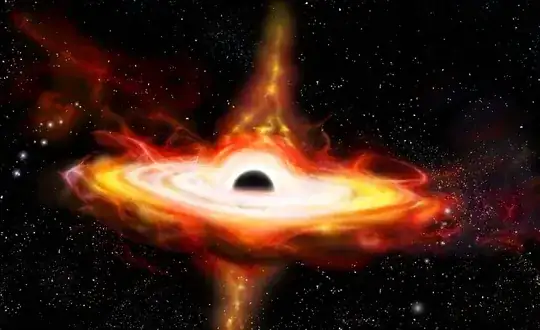This was my answer to this question:
Retrofitting geocentrism - what replaces the star?
I spent long enough on it and got an interesting enough result that I wanted to share, so that it might be a useful resource for a storyteller one day. Especially because the question was not highly active and was already answered before I got to it.
Please feel free to
1 Implicit in every answer) Point out any mathematical errors, etc. Please be charitable!
2 Actual on topic main question) Suggest how the burn rate of the moon might be made stable and sort of constant. I am not a physicist or anything like it, so there's a very good chance that there are insurmountable (as opposed to obvious, but fixable) problems with keeping this moon reacting in a stable and constant manner.
Could a moon made of fissile uranium produce enough heat to replace the sun?
As described; that's pretty unambiguous, isn't it? We want something in the sky that looks like the sun but is actually a moon. I hoped that the moon would have enough fuel to last a long time while heating the earth, be roughly the mass of the real moon, and a similar angular width in the sky, and result in an Earth with temperature roughly similar to real life Earth.
PS I'm sorry for the formatting.
